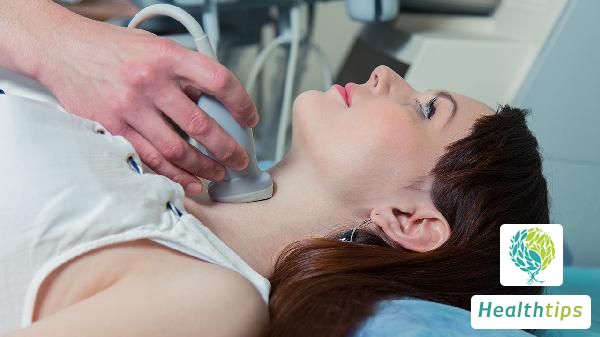"What is Mixed-Type Cervical Spondylosis and How to Address It?"
Cervical Spondylosis Symptoms and Treatment
The symptoms of cervical spondylosis are diverse and complex. Most patients initially experience mild symptoms that gradually worsen over time, while some experience severe symptoms from the outset. Often, one type of symptom dominates but is accompanied by several others, a condition known as mixed-type cervical spondylosis. The causes of mixed-type cervical spondylosis are typically multifaceted, including cervical disc degeneration, poor lifestyle habits, inadequate sleep positions, occupational factors, acute injuries, and potentially even cervical tumors. Upon diagnosis, appropriate treatment under medical guidance is crucial, encompassing general therapy, medication, physical therapy, surgery, and postoperative rehabilitation.

Causes of Mixed-Type Cervical Spondylosis
Disc Degeneration: As individuals age, cervical discs undergo gradual degeneration, leading to narrowed disc spaces and ligament laxity, ultimately contributing to mixed-type cervical spondylosis.
Poor Lifestyle Habits: Prolonged smartphone usage, watching television while lying down, or lounging on sofas can keep the cervical spine in a flexed position, overloading the posterior neck muscles and ligaments, predisposing to cervical strain and mixed-type cervical spondylosis.
Inadequate Sleep Positions: Incorrect sleeping postures or improperly positioned pillows can alter cervical curvature, compressing nerves, the spinal cord, or vertebral arteries, triggering mixed-type cervical spondylosis.
Occupational Factors: Professions such as office workers, computer operators, and researchers who maintain prolonged head-down postures accelerate disc degeneration and soft tissue strain in the neck, predisposing to mixed-type cervical spondylosis.
Acute Injuries: Neck trauma, including external impacts, can cause disc herniation, compressing spinal nerves and contributing to mixed-type cervical spondylosis.
Treatment of Mixed-Type Cervical Spondylosis
General Therapy: Maintaining correct posture, avoiding excessive head flexion, using moderately heighted pillows, and engaging in appropriate neck exercises can prevent the progression of mixed-type cervical spondylosis.
Medication: Mixed-type cervical spondylosis may cause neck and shoulder pain, radiating upper limb pain, and limb weakness. Medications such as neurotrophic agents and anti-inflammatory analgesics (e.g., Mecobalamin, Celecoxib, and Ibuprofen) can be prescribed to alleviate these symptoms.
Physical Therapy: In conjunction with medication, physical therapies like acupuncture, tui na (Chinese massage), infrared radiation can help improve clinical symptoms.
Surgery: For severe cases unresponsive to other treatments, surgical options like nerve decompression and spinal cord decompression may be considered.
Postoperative Rehabilitation: Manual therapy can enhance joint function. Postoperatively, wearing a cervical collar for protection and engaging in slow walking and non-weight-bearing upper limb exercises for the first week is recommended. After six weeks, the cervical collar can be removed intermittently, and resistance exercises in various directions (e.g., gentle resistance applied by one's palm) can be performed.
It is advised to seek medical attention promptly for relevant examinations and treatments to avoid severe complications. Daily, patients should avoid prolonged head-down work, maintain good sleep positions, and keep the neck warm.



















